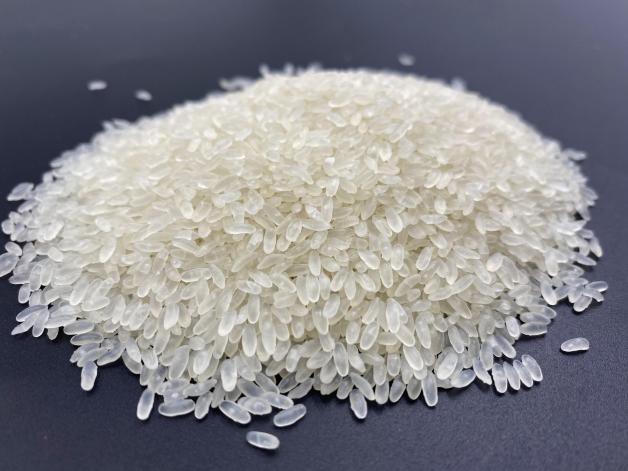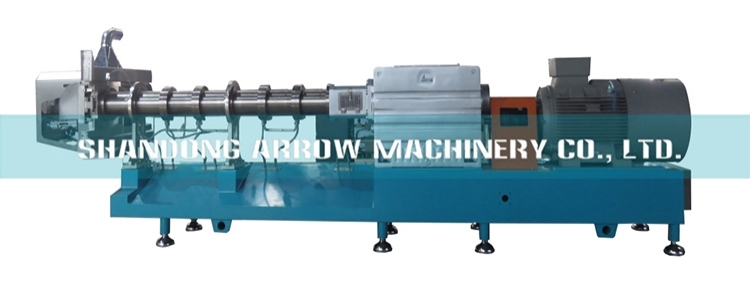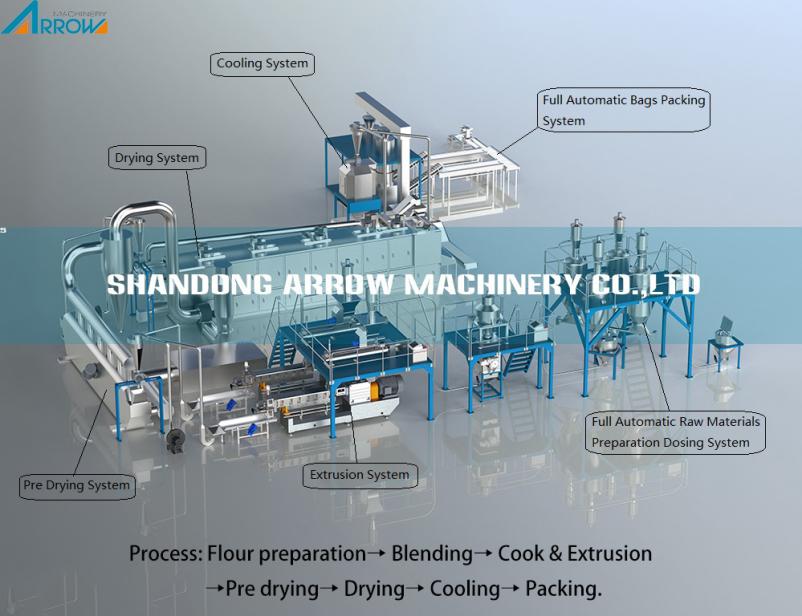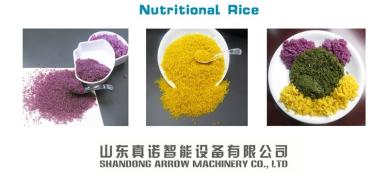Rice is the staple food of over half the world’s population. It is the predominant dietary energy source for 17 countries in Asia and the Pacific, 9 countries in North and South America and 8 countries in Africa. Rice provides 20% of the world’s dietary energy supply. It can make up to 70% of an individual’s calorie intake. Though it is a great source of energy, it is a poor source of micronutrients and has a low overall nutritional value beyond carbohydrates and protein. This is because the milling process that produces white rice removes the fat, as well as the more nutrient-rich bran layers. Bio-fortified rice (for example high-zinc rice) are more nutritious compared to white rice in one or a few essential micronutrients. This is due to different paddy processing or utilizing more nutritious rice varieties.

A 2018 World Health Organization (WHO) guideline showed that fortification of rice to reduce malnutrition may involve different micronutrient strategies, including iron only, iron with zinc, vitamin A, and folic acid, or iron with other B-complex vitamins, such as thiamin, niacin, vitamin B6, and pantothenic acid. A systematic review of clinical research on the efficacy of rice fortification showed the strategy had the main effect of reducing the risk of iron deficiency by 35% and increasing blood levels of hemoglobin. The guideline established a major recommendation: “Fortification of rice with iron is recommended as a public health strategy to improve the iron status of populations, in settings where rice is a staple food.”
Vitamin and mineral deficiencies are also an issue outside of low-income countries, affecting most regions worldwide at varying levels. While malnutrition is often associated with those not consuming enough calories, the lack of essential vitamins and minerals in ample or high calorie diets is a prominent issue, known as ‘hidden hunger’.

Rice can be made more nutritious by adding vitamins, minerals and other nutrients to replenish micronutrients lost in the milling process and reinforce its nutritional value. Fortified rice can be adjusted based on the nutritional needs and can made to resemble the different rice varieties.

Hot or warm extrusion – hot extrusion is considered the most robust method of rice fortification, supported by extensive evidence base to have a positive impact on micronutrient deficiencies. Broken rice grains are ground into rice flour, then mixed with water and the required nutrients to produce a dough. The fortified dough is then passed through an extruder to produce the fortified kernels, which are then blended with regular rice typically at 0.5-2% ratio. The temperature at which the extrusion takes place determines if we speak of hot or warm extrusion and has an influence on the rice starch gelatinization and thus firmness of the produced fortified kernels.

The production line uses famous parts: extruder with PLC control and high-strength alloy screw and barrel, Siemens motor, Delta inverter, LG air switch, high-precision high-torque gearbox.
We installed more than 20 lines in China in the last 2020. Our experienced engineers team will offer professional technical support. If you have any further detailed requirements, please do not hesitate to contact us. We are pleased to work together with you.

Reference
1.”Everything you need to know about fortified rice” www.dsm.com
2.“Fortification of rice with vitamins and minerals as a public health strategy” World Health Organization. 2018.










